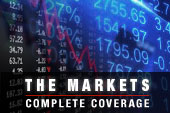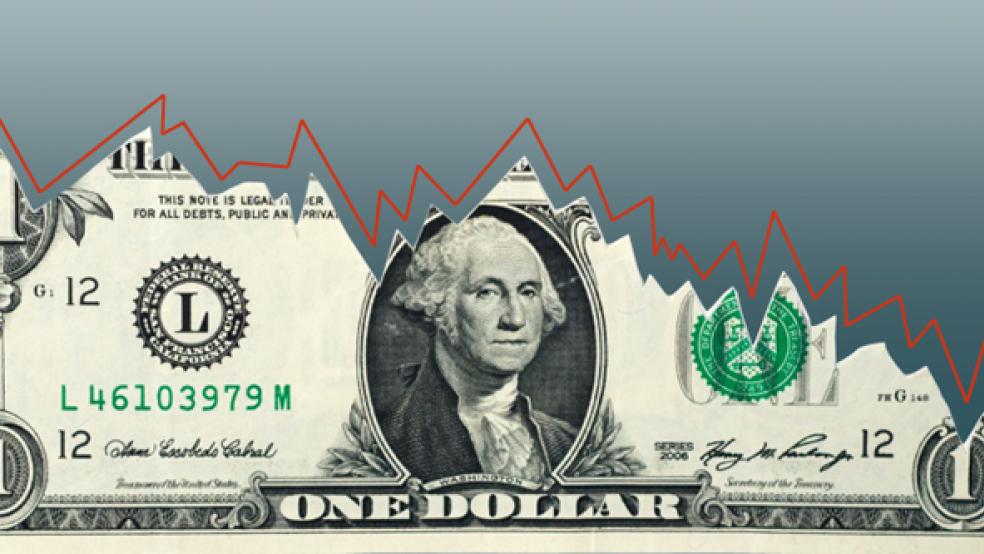It might be time to find a new term to replace “high yield bonds” as the polite version of junk bonds – fixed income securities issued by companies with below-investment grade credit ratings. These days, the phrase “high yield” hardly describes the interest rates this group of companies is paying investors for the additional risk the latter are running – the average yield hovers just north of 6 percent.

These days, the only place to find real income in the bond market is in “high” yield, aka junk. The Federal Reserve’s decision to launch QE3 and to make it a particularly aggressive and open-ended policy has simply exacerbated the conundrum that has been plaguing investors. They are risk-averse, rationally enough, watching not just the U.S. economy falter but the global economic picture cloud over even as the tax and regulatory landscape remains equally confusing.
RELATED: Thirteen Stocks That Have Outperformed Apple
Investors have become addicted to safe haven investments, but that is something that Ben Bernanke isn’t going to tolerate any more. With QE3, he has sent a clear message to investors of all kinds – from corporate treasurers sitting atop cash mountains to individuals shunning risk in favor of guaranteed returns of some kind from the safest securities they can find – that it’s time to go cold turkey.
When Ben Bernanke decides that it’s time for us all to run greater risks with our investment policies, we can’t just stick our fingers in our ears and start humming “lalalalala” to block out the unwelcome message. Remember the old adage, “don’t fight the Fed”? Like all clichés, it became a cliché for a reason: it’s valid.
If we choose to keep our assets tucked into money markets, safer investment-grade bonds or under our mattresses, we need prepare for a lot of pain. That has already become clear, as long-term Treasury security yields have fallen below the 2 percent level. QE3 is a signal that anyone hoping to hold out against the Fed is in for a very long siege indeed.
“This seems intended to force the hand of investors holding short-term cash” and other safe haven investments,” Kate Nixon, chief investment officer for wealth management at Northern Trust, told The Fiscal Times. “The Fed has made it a very painful thing to hold cash.
For an investor to get a positive real return on (short-term Treasurys) – not even taking taxes into account – they would have to hold those positions for 20 years – and that’s a very high-priced insurance policy indeed.”
Nixon is trying to reconcile her affluent clients to the need to take more risk or face some kind of erosion in their wealth and perhaps even their living standards. It has become a stark choice, she says, and one that many investors had been hoping to avoid. “The language Bernanke used with the latest announcement was a strong message that the situation won’t be changing any time soon, so anyone who had been holding off is considering, if not executing, asset allocation changes.”
“Risk is no longer a preference, it’s a requirement,” says Nixon. Either investors will stay in safe haven investments and be unable to generate the returns they need to meet their investment objectives, or they’ll take on the risk that they won’t meet those objectives. It’s a nasty dilemma, but most may well opt for a possibility over a near-certainty.
However, these asset allocation changes need to be undertaken very carefully indeed; just because Bernanke wants to force us all to take more investment risk doesn’t mean that we should rush out and take foolish risks. The Fed can make it punitively costly for investors to refuse to dial up the risk in their portfolios, but it’s up to those investors to distinguish between uncomfortable risks (simply because they are risks) and those that are downright foolish to run.
For instance, the low rates have caused a flood of new corporate bond issuance. In August alone, corporate bond sales amounted to an eye-popping $135.2 billion globally, dwarfing the previous August record of $85.3 billion recorded two years ago; global junk bond issuance hit $30 billion in August, another record and 19 percent above year-ago levels.
And not all of that junk now floating around out there is going to be investible junk. “We’re seeing some pretty junky companies that are able to issue debt right now that is being well received by the market,” says Nixon, as investors look for safer forms of yield and decide on corporate bonds – however junky – rather than equity, which would take a back seat in the case of a corporate bankruptcy. Even when stock investors are able to collect a dividend, they rarely are able to collect 6 percent or more.
How should you defer to the Fed while still protecting your portfolio and your sanity? A lot of it is common sense. Look for a high-yield bond fund whose managers appear not to chase the highest yield but the companies whose credit ratings appear to be improving.
Similarly, look for stocks that not only pay dividends but that have a track record of increasing those dividends and whose financial statements show that the dividends are well protected by cash on the books and cash flows. That way, even if the stock market does little more than lurch up and down over the next several years, you can at least be reasonably confident that you’ll be pocketing some kind of income, even if it doesn’t come in the form of growth.
Right now, there appear to be few “good” options available. As Nixon points out, the devil’s dilemma is that investors are being forced to choose between ensuring the return of their capital and having a return on their capital. Risk aversion today is completely rational – but that doesn’t matter when you’re trying to fight the Fed. Just because you are capitulating doesn’t mean that you are completely powerless; you may have to put your portfolio into risk assets to preserve its purchasing power, but it’s up to you to select which risk assets will pay off.






